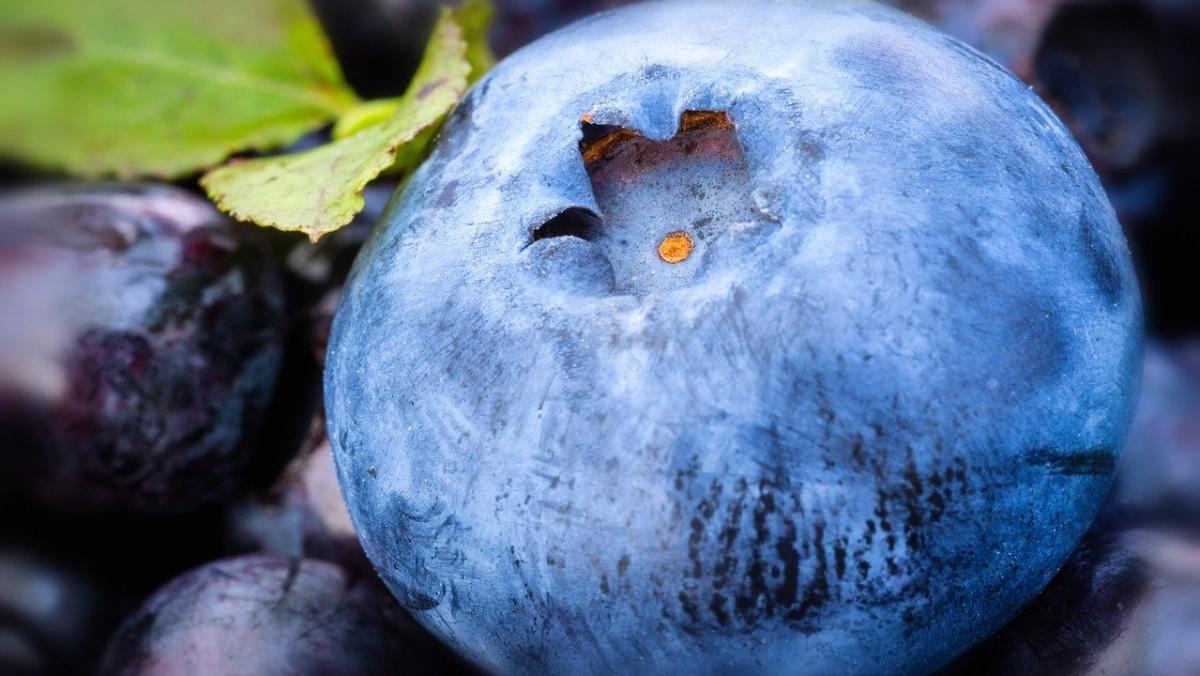You are here
Back to topUkraine Now China’s Top Frozen Blueberry Supplier as Market Expands

According to Ukrainian media, exports of frozen blueberries to China during the first four months of 2020 reached a total value of $6 million, representing a year-on-year increase of five and a half fold relative to 2019. This makes Ukraine the top supplier of frozen blueberries to China, surpassing Canada, Sweden, Latvia, Belarus, Russia and Poland. Frozen blueberries are the only produce item that Ukraine currently exports to China, with this year marking the sixth consecutive year of exports. In 2015, the export value totaled $383,000, with continuous growth to $2.8 million in 2018. Exports leapt even further in 2019 to a total value of $10 million. Experts predict that frozen blueberry exports to China in 2020 will set a new record.
China’s blueberry market has been expanding rapidly in recent years. It is predicted that the total value of the market will reach 40 billion yuan ($5.7 billion) by 2025 with production surpassing 400,000 tons, which would make China the world’s largest producer and consumer market. Compared to fresh blueberries, however, frozen blueberries still only occupy a small portion of the market. This is in contrast to North America, the current largest producer and consumer market for blueberries, where frozen blueberries account for a considerable portion of the market. The primary variety of blueberry in North America is the highbush blueberry. The annual production volume currently stands at around 340,000 tons, of which 200,000 tons (59%) are fresh and 140,000 tons (41%) are frozen. From this perspective, frozen blueberries still have great development potential in the Chinese market.
Frozen blueberries possess several advantages over fresh blueberries. First, compared to the relatively short shelf life of fresh blueberries, frozen blueberries can be provided year-round, which is especially important for food processing and food and beverage services. Second, harvesting costs are fairly low. Fresh blueberry harvesting relies primarily on human labor, which is associated with a higher cost, whereas frozen blueberries are typically harvested mechanically. When the production area is sufficiently large, this can result in substantial savings in harvesting costs. Third, flash-frozen blueberries have a higher nutritional value than fresh blueberries. Because fresh blueberries must be stored and transported before hitting the shelves, the majority are not ripe at the time of picking. In contrast, flash-frozen blueberries must be completely ripe before they can be harvested, sorted, cleaned and finally frozen. Freezing blueberries is the best way to preserve their nutritional value.
Frozen blueberries are typically stored at −18 degrees Celsius (−0.4 degrees Fahrenheit) immediately after harvesting. At this temperature, respiration almost completely ceases and microbes are unable to proliferate. In principle, this not only has no detrimental effect on preserving the berry’s nutrients but actually has some benefits. The U.S. Department of Agriculture has analyzed the levels of nutrients present in common fruits and vegetables, including vitamins B and C, polyphenols and carotenoids, and found no significant overall difference between the nutritional contents of fresh and frozen produce. In some cases, frozen fruits and vegetables even exhibited higher contents of nutrients such as vitamins B and C and carotenoids. A study from South Dakota State University revealed that the powerful antioxidants in frozen blueberries are actually easier for the human body to absorb than those in fresh blueberries. During freezing, tiny ice crystals are formed that break the cellular structures of the berries, allowing the anthocyanins present in the skin to be more easily absorbed. Because commercially packaged blueberries are frozen soon after harvest, their quality is on par with that of fresh berries.
Image: Pixabay
This article was translated from Chinese. Read the original article.














Add new comment